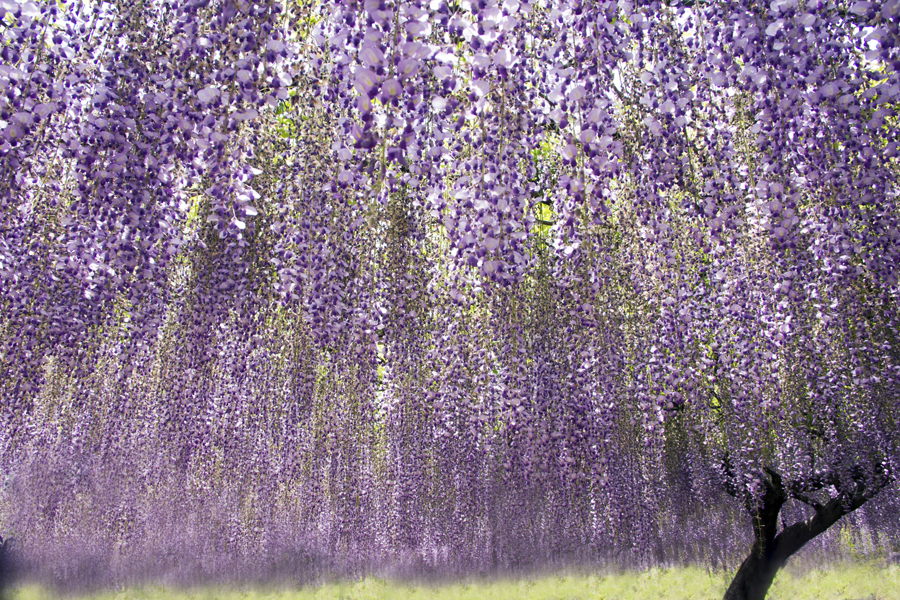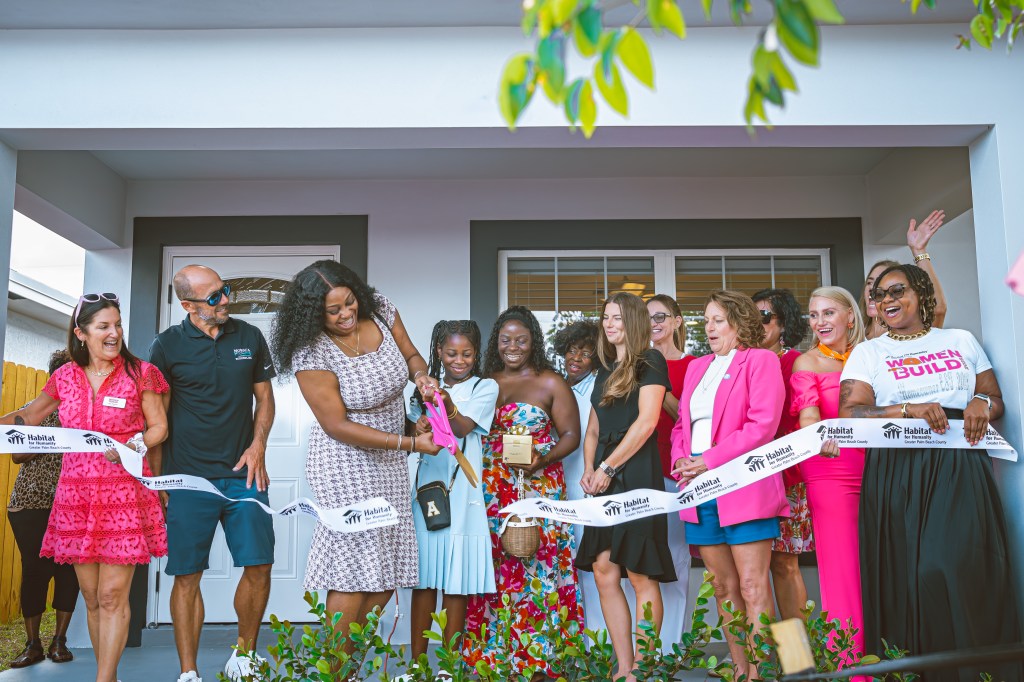View from the Garden: Musings of 'The Wisteria Whisperer'

There are two questions I am asked about wisteria: do you think I should plant one here (various locations) and why is my wisteria not blooming?
Answer one: know that wisteria wants to “eat” your house or any structure it can get to and it is a beast that needs to be pruned regularly. I had a client that wanted it on the roof of a small house. Finally, after much explaining why this was not a good idea, we constructed a metal framework for it, and with diligent pruning, we controlled it. When I returned to the garden after a two-year absence, it had covered the roof and was causing a humidity condition inside the house.
Wisteria is a very strong plant and needs a strong framework to grow on, so keep this in mind if you want it on a pergola. I have seen it twisting pergolas that were too weak into pretzels. And it can twine around trees and strangle them to death. It can also grow as a freestanding form with some initial support when young and it is beautiful when grown as a tree. I often recommend planting wisteria in a pot and growing it in tree form.
Wherever you plant it, it MUST have regular pruning from someone who knows how to do it. All summer it will throw out long tendrils from the canopy, trunk and at ground level. These must be removed to keep it in check, maintain form and encourage bloom.
This is my pruning method: A tendril is removed to three buds. These buds produce next year’s flowers. I remove tendrils all summer, which can mean every other week, perhaps keeping some to maintain form or even to help support a weaker part of the plant. In the early spring, I remove any dead wood and correct the form if necessary. I prune any part of the plant to within 6 inches of a building to allow for air circulation.
Answer two: Wisteria might not be blooming for several reasons. It can take 7–15 years to bloom, so buying a large plant is worthwhile. They will not bloom if fertilized. Nitrogen produces leaves, not flowers. I have read recommendations to fertilize in spring, but I don’t fertilize at all. Wisteria must be in full sun; even semi-sun will diminish or eliminate blooms. They do not like to be dry but must have good drainage.
I worked on a property where the wisteria bloomed gloriously every year after several years of my (amazing!) care. One year, the tree-care man decided to root feed the shrubs growing close to the vine and the next year there was not one blossom.
I like to rejuvenate plants that have had no care for some time and have become unshapely and overgrown. First, I remove overgrown wisteria from places where it should not be—trees, houses etc. Then I find at least a beginning form within the tangle and begin removing tendrils to expose it. Very small ones go first. Some may need to be removed to shorten the canopy. Dead wood should always be removed. Larger branches may now be removed, always keeping needed ones for support if the plant is freestanding. The form should now be becoming more defined. It is hard to kill wisteria by pruning though flowering may take a couple of years to fill out.
Learn what flowering buds look like. They are usually a cluster of fat buds on a short small branch coming off of a larger one.
Wisteria demands respect and care.
Jeanelle Myers is a professional gardener, landscaper and consultant. For gardening discussion you can call her at 631-434-5067. jeanellemyersfinegardening.com









